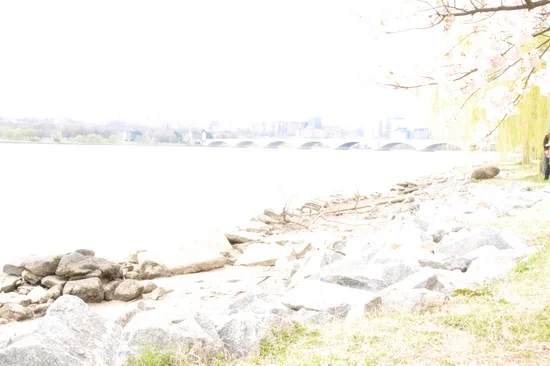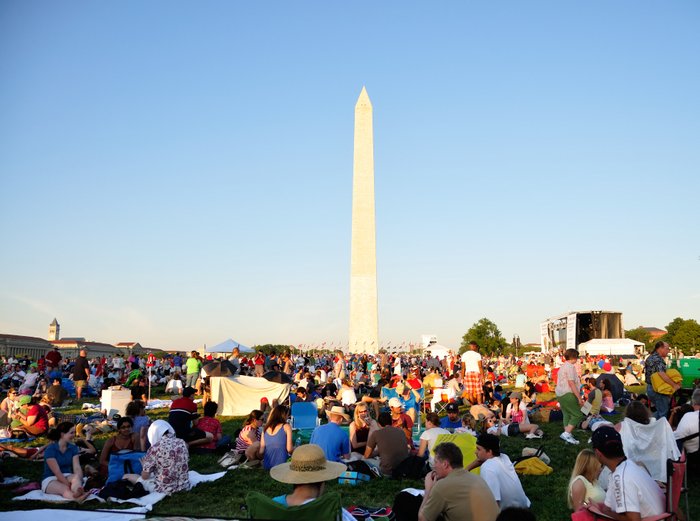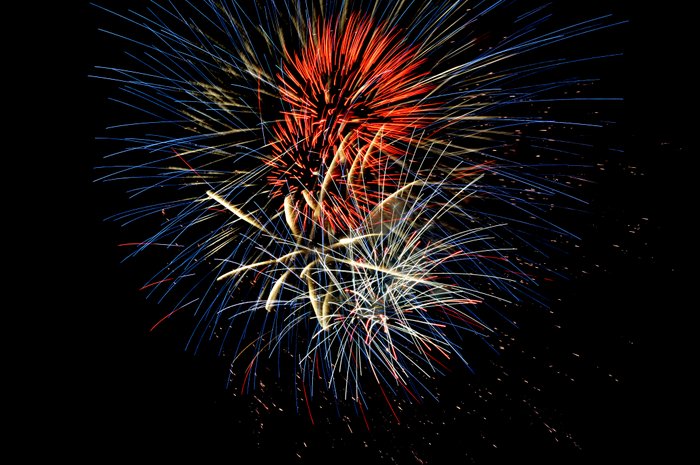If you are following my blog since it's early days, you probably know that I started my photography journey as a hobby with a Nikon D60 back in 2010. My choice of Nikon camera as a first DSLR was purely accidental. I was shopping for DSLR camera in my local Best Buy store where I came across Nikon brand, and having minimal knowledge about other DSLR brands during the purchase, I came home with the Nikon D60. Since then, I am shooting with Nikon camera. It took me few months to get familiar with different camera settings but after knowing how it works, I found it very easy to use and never thought of switching to another brand, not because I hated other brands but simply I started loving Nikon cameras, it's controls and settings and the wide varieties of lenses it offers. After playing with the D60 for a year, I upgraded to D90 and then after couple of years, I bought my first full frame DSLR, D700 (one of the best camera I ever owned), which I am still shooting with happily. But I think it's time to upgrade my D700 (to get more dynamic range and higher pixel in the image sensor) to either D750 or D810 which I haven't decided yet but I am leaning towards the D810 for few reasons which I will share with you once I pull the trigger. Initially, during my learning phase, I used to shoot only in a JPEG format but later when I discovered the advantage of shooting in a RAW format and post processing techniques, I started looking for good post processing software. After doing some research on the software and since I was already shooting with Nikon camera, I went with Nikon's image editing software, Capture NX2. It was a good choice and working great and most importantly, I was very happy with it until Nikon pulled the plug and announced that they are not going to update the software anymore and released their newer editing software, Capture NX-D, instead. I never tried using Capture NX-D (I was kind of mad with the Nikon) and still use Capture NX2 to edit my pictures. But since I am thinking to upgrade my camera, Capture NX2 wouldn't be able to process the RAW images from new DSLRs since it doesn't recognize the image format (thanks to Nikon). I had no choice but look for alternatives and thought of giving a try to Adobe Lightroom which is probably the most popular image editing software in the current market.
I downloaded a 7 days free trial version of an Adobe Lightroom and started playing with it. Among many other features, I loved how it handles the creation of an HDR (High Dynamic Range) image. Capture NX2 couldn't create an HDR image out of multiple exposure shots by itself. If I wanted to create an HDR image, either I had to use an HDR Efex pro from Google Nik Collection and then export the TIFF file and import it back to Capture NX2 for further processing or use other third party HDR processing tools. Since I would like to keep things simple and make life easier, I was looking for one stop solution to edit RAW images and create an HDR image out of multiple bracketed shots as well if I ever wanted to. When I discovered that the latest Adobe Lightroom does both effectively, first thing I wanted to try was to create an HDR image with it. The process was very easy; import all the multi exposure files into the lightroom and then right click those files to merge them into an HDR (it also had an option to merge into Panorama if you want to create a panoramic image using multiple shots). And to be honest, I got really impressed with all the tools it provides for color controls, image sharpening, dealing with noises, lens error corrections and various other touch up tools.
Here is a single shot of Boston downtown (non HDR version) which I took few years ago and processed using Capture NX2. If you want to see the camera settings I used for this shot, please read my earlier blog post about Setup I used for Night Cityscape Shots
Boston Downtown (click the image to view full size)
And here is an HDR version of same shot created in a Lightroom by combining five exposure shots (-2 EV, -1 EV, 0 EV, +1 EV and +2 EV). After creating an HDR image, I also added some color tones to highlight some of the image area, sky for example. You can see more range of colors and visible clouds in an HDR version whereas those details were lost in a single exposure shot (above).
Boston Downtown HDR (click the image to view full size)
The beauty of the Lightroom is that while creating an HDR image, it creates a DNG (Digital Negative) file which is also non-destructive RAW file and you can edit it further if you want to adjust more color tones or any other settings you like.
I am not writing this blog to favor one software over another but after using Capture NX2 for little over five years, I think Adobe Lightroom came out as the best alternative for me. If you are already using Lightroom or any other image editing software, please share your experience in the comment section below.
Happy Shooting!
















